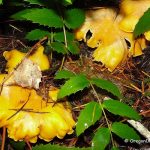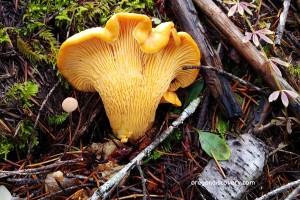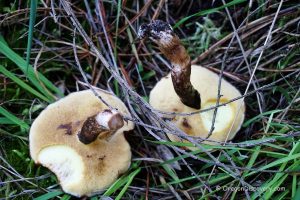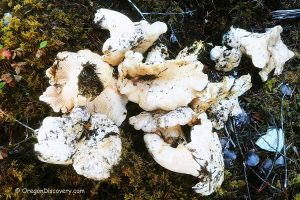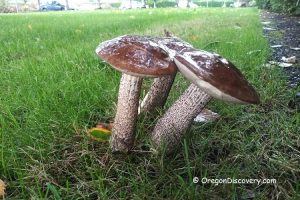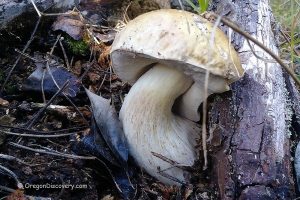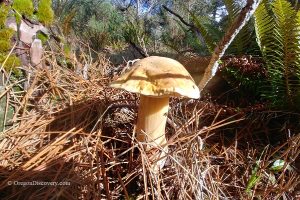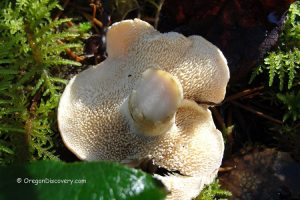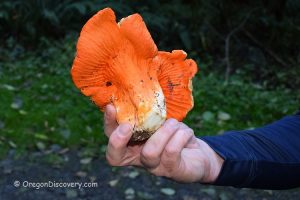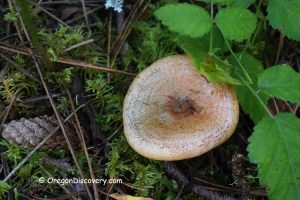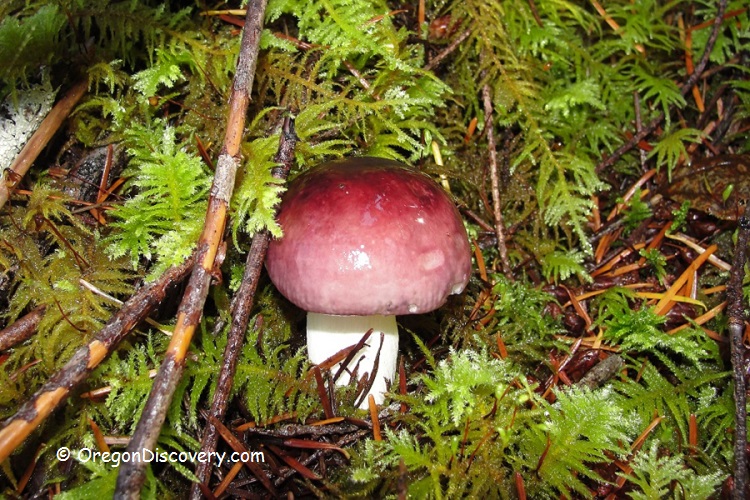
• Mushroom Safety Rules: Never guess and be very cautious
• If you aren't a mushroom expert, start with non-gilled mushrooms
Firstly, toss out the collection of myths about mushrooms as there isn’t one that is true. For instance, some people suggest that a poisonous mushroom will either stain a silver spoon or turn garlic to black. Harvest mushrooms that are eaten by animals is another example of the mushroom myths since animals can fall victims to poisonous mushrooms too.
Here are some basic mushroom safety rules to follow if you want to ensure that whatever you forage in the Northwest forests is indeed safe to ingest.
- Never guess – Consequences of eating the poisonous mushrooms are extremely serious and can lead to liver damage and even death.
- Be very suspicious – Toxic species tend to resemble edible types; so, you must be cautious even if you are familiar with some mushrooms.
Most cases of mushroom poisoning in North America involve Death Cap, Deadly Cort, Deadly Lepiota, Deadly Galerina, and False Morel mushrooms. It is easy to confuse toxic false morels with the edible species while edible Chanterelle is commonly confused with toxic Jack O'Lantern Mushroom or False Chantarelle.
- Consult the experts – If unsure, take the mushrooms to experts for proper identification. Use a few field guides and practice to cross-reference.
- You should also collect mushrooms in separate baskets with one for those that you are sure about and the other for those which seem confusing.
- Watch out for your pets – Dogs often fall victim to poisonous mushrooms. So be very watchful when you take your furry friend out to forage mushrooms.
The only guarantee of safety is learning how to differentiate between toxic and wild edible mushrooms. The learning process can be sped up by:
- Joining a mushroom club in your area and attending workshops where you can become familiar with identifying features of various mushrooms.
- Field guides are an excellent resource for mushroom hunters. Guide books contain everything from pictures to locations and seasons that help beginners to see a difference between edible and poisonous species.
- Consult experts in your locality.
Mushroom Safety Tips
- Never eat wild mushrooms raw
- Eat only those mushrooms you are absolutely sure to be edible
- The first time you sample species, eat a small quantity to observe your reaction
- Keep unknown species in a different container to avoid contamination
- Avoid collecting mushrooms that are too large
- Collect only fresh mushrooms unaffected by larvae or worms.
Tools and Equipment
- Dress for the weather, the sturdy walking or hiking shoes are the best for slippery, muddy, or rocky terrains.
- A sharp knife or trowel to cut or dig up mushrooms.
- A stick to check the leaves covering the ground.
- A basket or container to collect delicate fungi (avoid plastic bags).
- A field guide with color pictures and descriptions for mushrooms identification.
If you are not familiar with fungi species yet, start from dense-fleshed and non-gilled mushrooms. Gilled mushrooms are the most difficult to identify.
Non-Gilled Mushrooms
Non-gilled mushrooms are fungi with pores, spines, ridges, and domed caps including bolete, hedgehog, suillus, and chanterelle.
Bolete
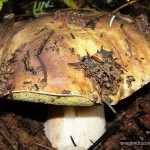 This is a brick-red, brown, or black-capped species with a variable-colored bulbous stem. Boletes can be found in late summer and early in fall and have a smooth meaty texture with a rich earthy flavor.
This is a brick-red, brown, or black-capped species with a variable-colored bulbous stem. Boletes can be found in late summer and early in fall and have a smooth meaty texture with a rich earthy flavor.
You May Also Enjoy
Disclaimer
This is not an official guide to wild mushroom foraging. Please, do your own research. Be sure to practice with a mushroom's expert before you pick up and consume any wild mushrooms. Before you get started wild mushroom harvesting, learn to accurately identify poisonous mushrooms as well. All wild edible mushrooms must be thoroughly cooked. Be sure that you are not allergic to it. Try a small amount if you did not eat it before.


